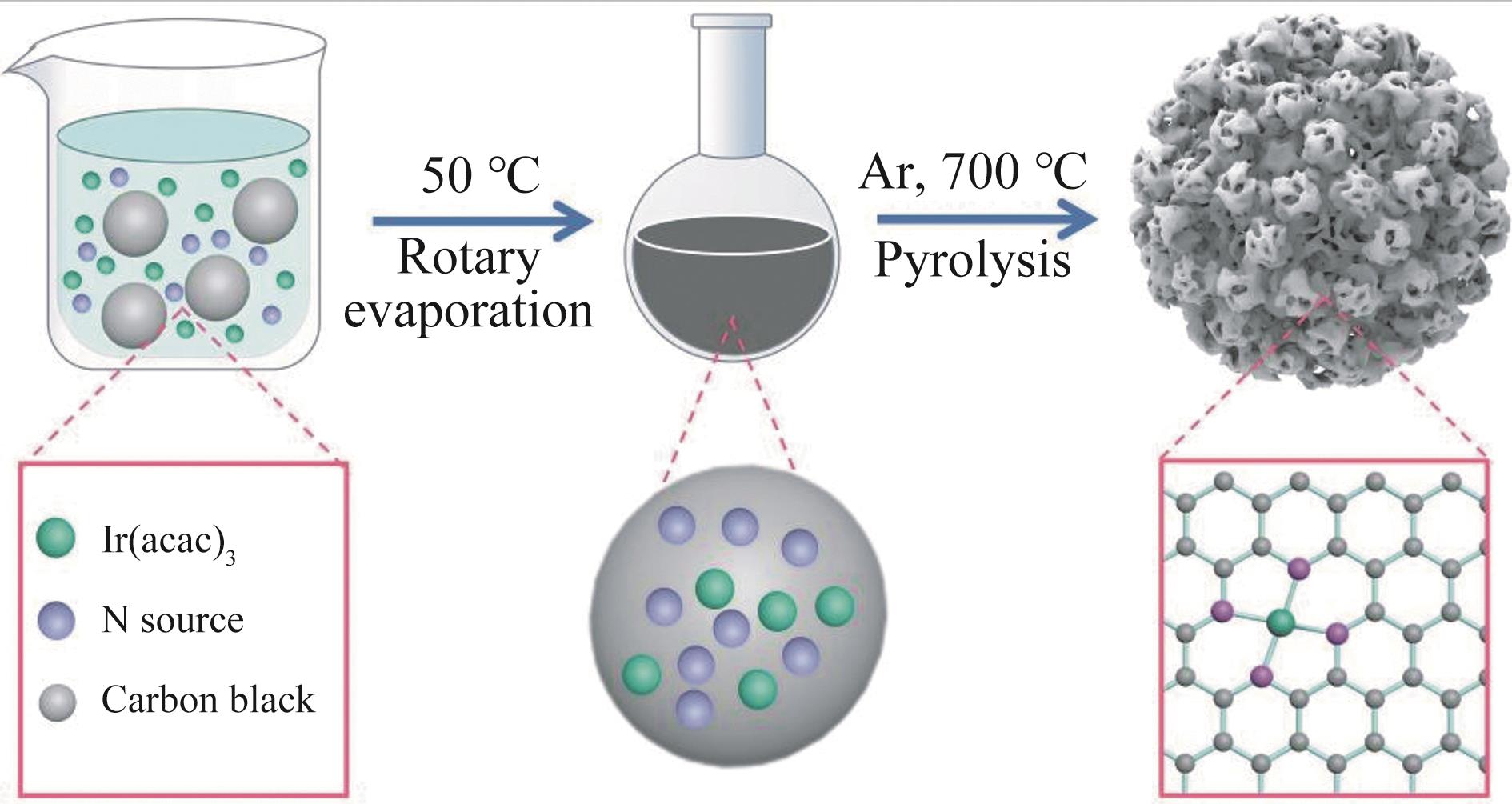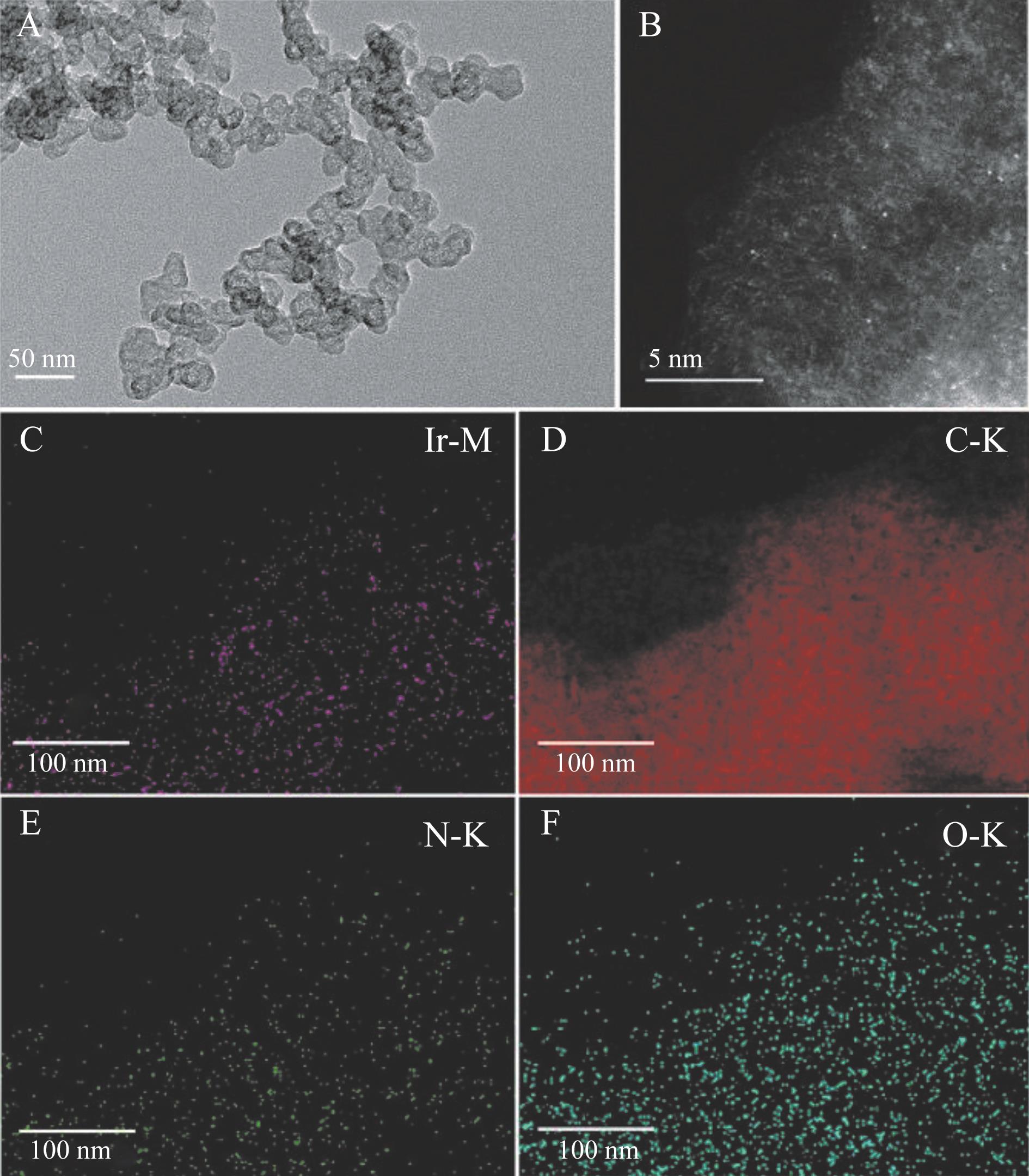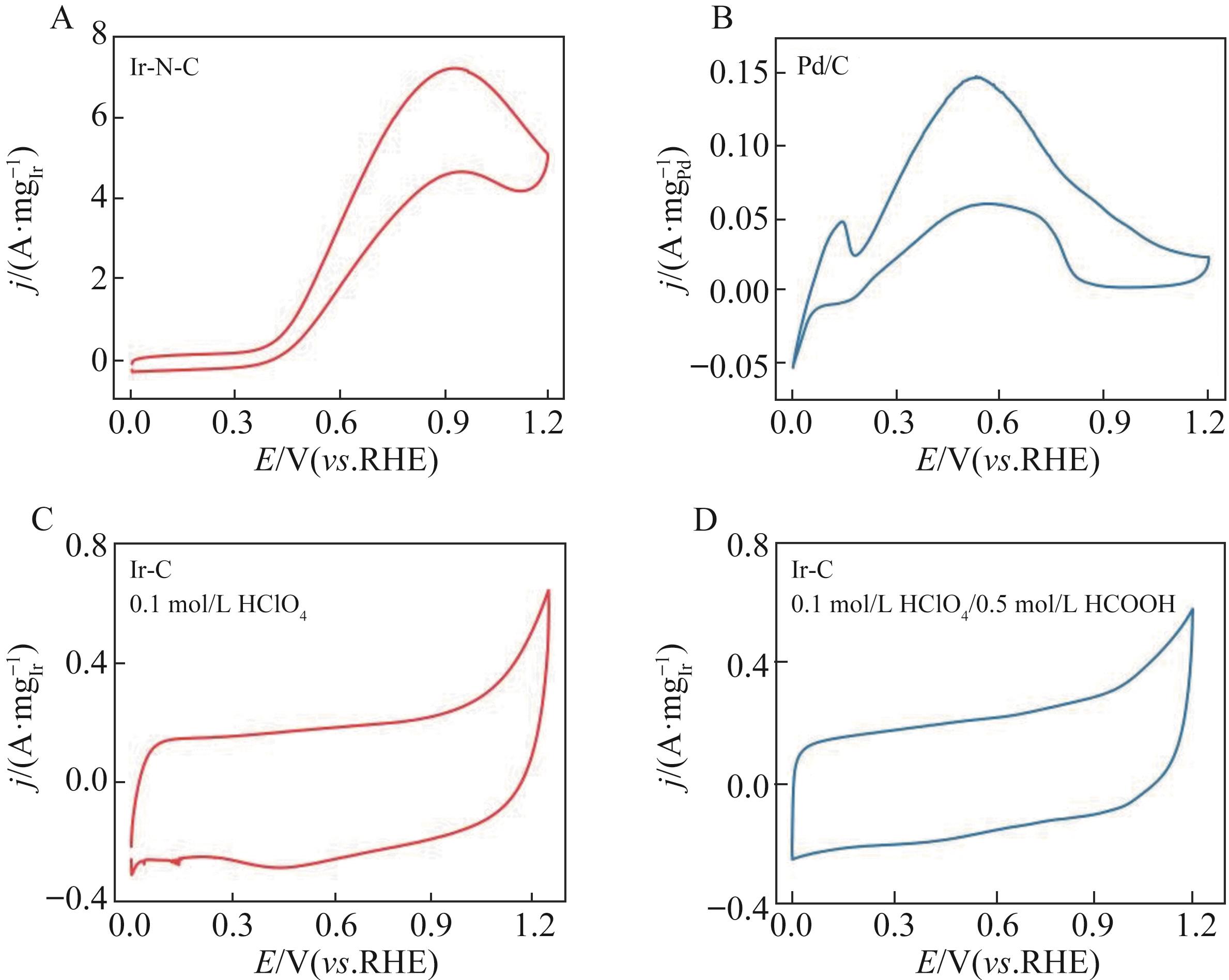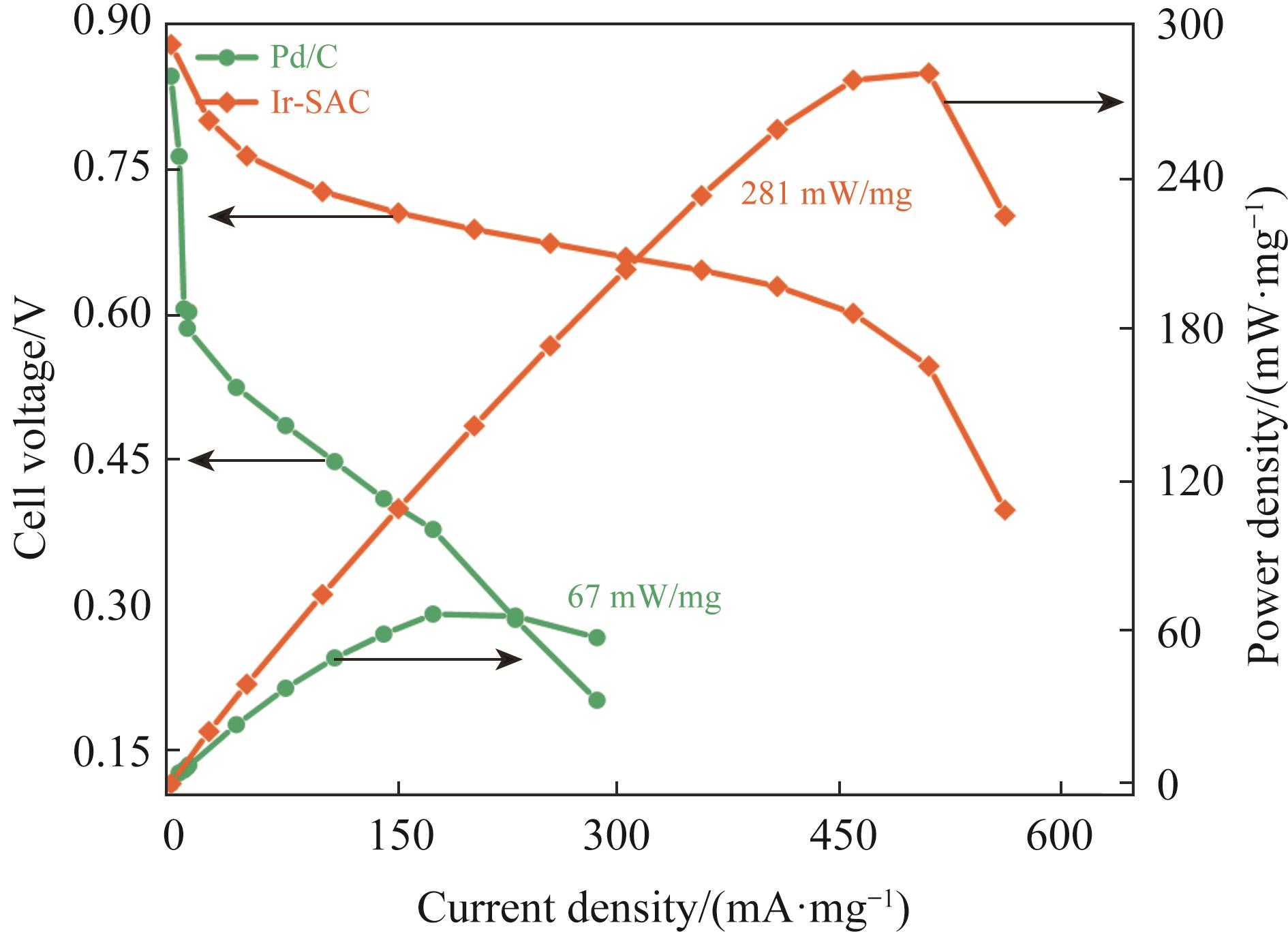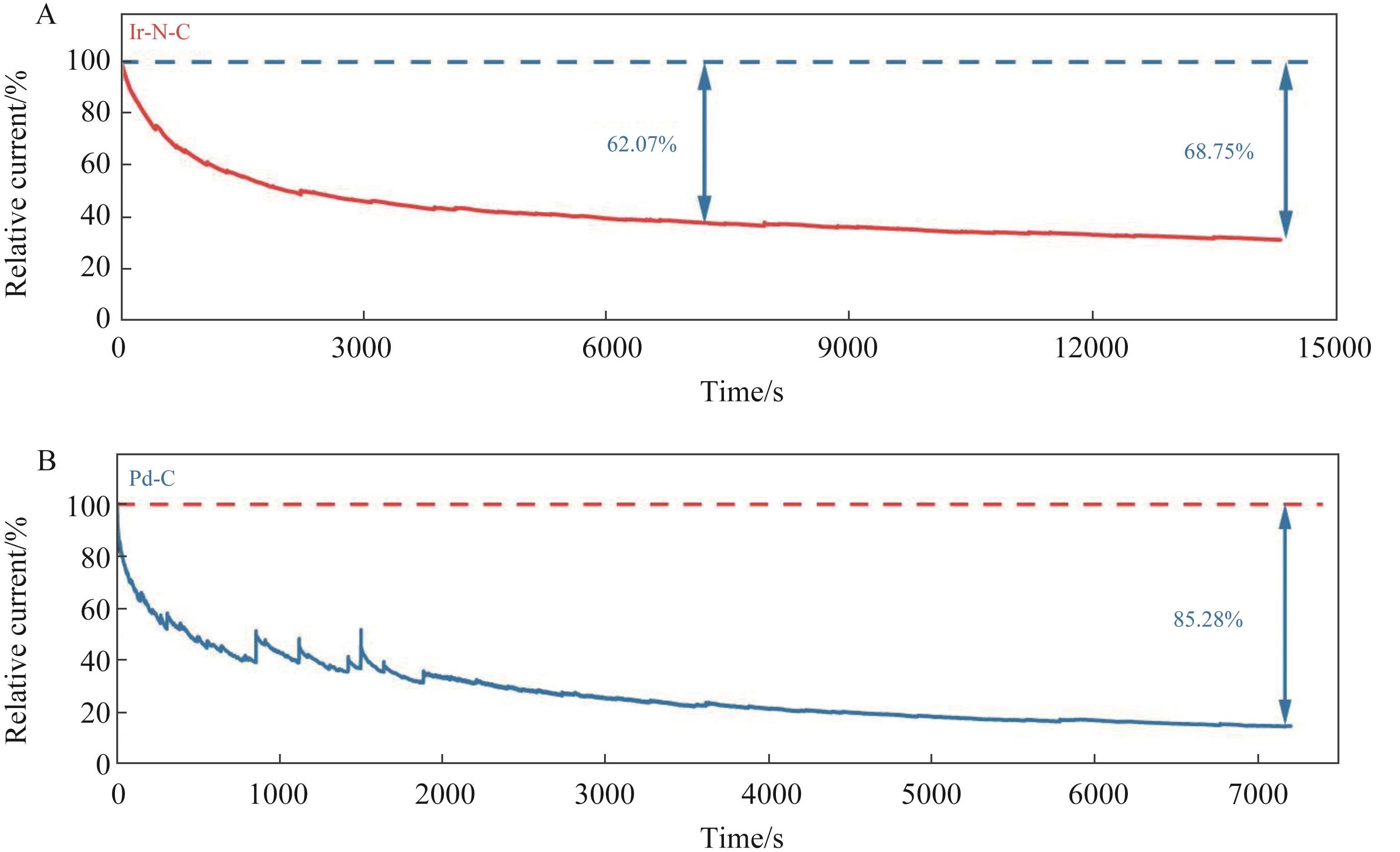| [1] |
Rong CAO, Jie-Zhen XIA, Man-Hua LIAO, Lu-Chao ZHAO, Chen ZHAO, Qi WU.
Theoretical Research Progress of Single Atom Catalysts in Electrochemical Synthesis of Ammonia
[J]. Chinese Journal of Applied Chemistry, 2023, 40(1): 9-23.
|
| [2] |
Yu MENG, Qing ZHANG, Wen-Hao PENG, Xiao-Fei ZHU, De-Feng ZHOU.
Preparation and Electrochemical Performance of Pr0.8Sr0.2Fe0.7Ni0.3O3-δ ⁃Pr1.2Sr0.8Ni0.6Fe0.4O4+δ Composite Cathode
[J]. Chinese Journal of Applied Chemistry, 2022, 39(5): 797-808.
|
| [3] |
Tong CAO, Jun PENG, Yan FENG, Xiao-Bo LIU, Yu-Min HUANG.
Research Progress of Side-Chain Sulfonated Polyarylene Ether Proton Exchange Membranes
[J]. Chinese Journal of Applied Chemistry, 2022, 39(12): 1783-1802.
|
| [4] |
Ya-Wei TANG, Lan-Lan XU, Xiao-Juan LIU.
Effectively Improving the Electrocatalytic Activity of PrBaMn2O5+δ Anode by Doping Co, Ni and Fe
[J]. Chinese Journal of Applied Chemistry, 2022, 39(10): 1543-1553.
|
| [5] |
LI Gong, JIN Long-Yi, YAO Peng-Fei, LIU Cong, XU Wei-Lin.
Controllability Design of High Performance Oxygen Reduction Catalysts Supported by Platinum Nanoparticles Loaded on Mesoporous Carbon
[J]. Chinese Journal of Applied Chemistry, 2021, 38(12): 1639-1646.
|
| [6] |
WEI Zhenye, MENG Junling, WANG Haocong, ZHANG Wenwen, LIU Xiaojuan, MENG Jian.
Improving the Electrocatalytic Activity of La2NiO4+δ Cathode by Surface Modification with Conformal Heterojunction
[J]. Chinese Journal of Applied Chemistry, 2020, 37(8): 939-951.
|
| [7] |
FU Fengyan,CHENG Jingquan.
Progress in Applications of Electrospun Nanofibers as Proton Exchange Membrane in Fuel Cells
[J]. Chinese Journal of Applied Chemistry, 2020, 37(4): 405-415.
|
| [8] |
LIU Shiwei, LIANG Liang, LI Chenyang, LIU Changpeng, XING Wei, DONG Xiandui.
Multilayered Anode Catalytic Electrode in High-Temperature Proton Exchange Membrane Fuel Cell
[J]. Chinese Journal of Applied Chemistry, 2019, 36(9): 1085-1090.
|
| [9] |
YU Yancun,WANG Xian,GE Junjie,LIU Changpeng,XING Wei.
Polypyrrole Modified Carbon-Supported Pd Catalyst for Formic Acid Electrooxidation
[J]. Chinese Journal of Applied Chemistry, 2019, 36(11): 1317-1322.
|
| [10] |
DENG Guangrong, LIANG Liang, LI Chenyang, LIU Changpeng, GE Junjie, XING Wei.
Analysis of Methanol Transport and Concentration Controlling Strategy in Direct Methanol Fuel Cell
[J]. Chinese Journal of Applied Chemistry, 2019, 36(10): 1211-1220.
|
| [11] |
HUANG Huodi,ZHANG Xiaofeng,ZHANG Yi,LE Lijuan,Lin Shen.
Synthesis of Pt/{Reduced Graphene Oxide/Polyoxometalates}n Composite Films and Their Electrocatalytic Performance
[J]. Chinese Journal of Applied Chemistry, 2017, 34(10): 1209-1220.
|
| [12] |
GAO Suyun, HAYIERBIEK Kulisong, ZENG Han.
Performance of Biofuel Cell Based on 4-Mercaptobenzoic Acid Functionalized Nanoparticles Tethered with Glucose Oxidase and Laccase
[J]. Chinese Journal of Applied Chemistry, 2015, 32(6): 708-719.
|
| [13] |
MA Juan1,3, SUI Qi2, LU Tianhong2*.
Complexing Self-reduction Synthesis of Silver Nanoparticles and Their Electrocatalytic Performance
[J]. Chinese Journal of Applied Chemistry, 2014, 31(11): 1330-1335.
|
| [14] |
JI Yigang1, YIN Yajing1, GUO Qi1, SI Nan1, MA Juan2*, LU Tianhon3.
Preparation of Carbon Nanotubes Supported Pd-Au Catalyst and Their Electrocatalytic Activity for Formic Acid Oxidation
[J]. Chinese Journal of Applied Chemistry, 2014, 31(01): 69-75.
|
| [15] |
WANG Xiuyan1, ZHAO Xueping2, MA Shuhua2*.
Preparation of Silicotungstic Acid Modified Carbon Supported Pd Catalyst by Impregnation Method and Its Electrocatalytic Performance for Formic Acid Oxidation
[J]. Chinese Journal of Applied Chemistry, 2013, 30(12): 1470-1475.
|

 ), Wei XING1,2(
), Wei XING1,2( )
)
